For most of the last century, energy prices have been on a roller coaster. The fates of nations have risen and fallen as oil has bounced between $10 and $150 a barrel. Over just 10 years, natural gas hit a high of $16, dropped to $1.75, and bounced back above $4.
So, how is it that the cost of solar power has managed to consistently and continuously decline over the last 40 years, becoming a staggering 300 times cheaper?
The answer is as simple as it is profound:
Solar power is a technology, not a fuel.
The fact is that solar power has more in common with your iPhone than a pile of coal. Both solar panels and iPhones are built with silicon semiconductors. They are manufactured millions at a time in huge, automated factories. But the biggest difference is that a pile of coal can only be used once where solar panels and your phone will continue providing value as long as you own them. And, it’s not just solar. LED bulbs are another energy technology that is disrupting the status quo. From 2010 to 2018, their price plunged and is now 38 times lower ($60 for a 60W equivalent to $1.75). As the late Jim Rogers, retired CEO of utility giant Duke Energy said, “It’s time for the power industry to become a technology business again.”
Similar to LED bulbs, computers, smartphones, and every other kind of technology, the secret of solar power’s astounding cost declines boils down to three things:
- Increasing efficiencies
- Manufacturing scale
- Decreasing prices for raw materials
GET MONTHLY NEWS & ANALYSIS
Unsubscribe anytime. We will never sell your email or spam you.
Increasing efficiencies
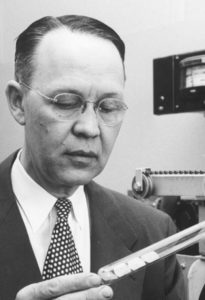
Universities, labs, and governments have invested heavily in the basic science of photovoltaics. The impact has been substantial. In 1839, Edmond Becquerel first demonstrated that electricity could be generated from sunlight. In 1940, while working at Bell Labs, Russell Shoemaker Ohl created and patented what is considered the first version of the modern semiconductor solar cell, which just barely broke the 1% efficiency barrier. Then, more than a decade later, on April 25, 1954, in Bell Lab’s Murray Hill location, Calvin Fuller, Gerald Pearson, and Daryl Chapin announced the first practical solar cell – it was 6% efficient. But it was Dr. Martin Green, often considered the father of modern solar, that has been driving the most impressive efficiencies over the last 30 years. In 1989, from his labs in Australia’s New South Wales University, he created a technique called PERC and broke the 20% efficiency ceiling. Years later, PERC now accounts for almost half of the world’s new solar production. Dr. Green’s team continues to lead the world on solar efficiency. In 2014, they announced a 40% efficient cell, although it will be years before this technology is commercially viable.
The research and science behind solar efficiency are staggering. Emerging techniques like bi-facial, multi-junction perovskites, and countless others promise to take commercially competitive cells above 25% and even higher in the coming years.
Manufacturing scale
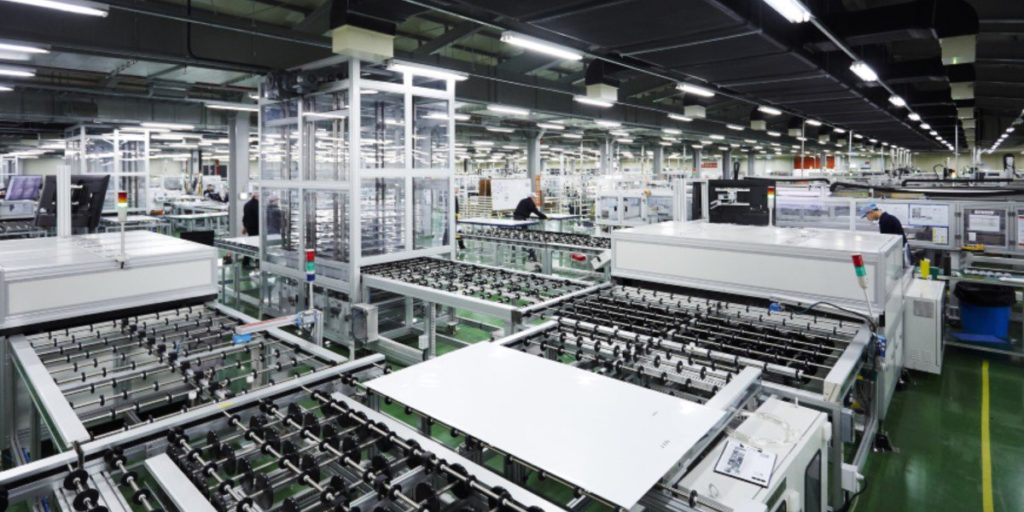
In the 1960s, Bruce D. Henderson introduced a breakthrough idea called the Experience Curve. He postulated that organizational learning increases as manufacturing volumes grow. Specifically, he showed that as cumulative volumes double, the fixed costs of a manufacturing facility would fall by a consistent percentage. In order words, the more you make, the cheaper it gets – very predictably. Around the same time, Gordon Moore, who would later become the CEO of Intel, described a similar idea for computers in a 1965 paper. Moore’s Law famously predicted that the number of transistors on an integrated circuit would double every two years. Solar has its own adaptation of the Experience Curve called Swanson’s Law. Dick Swanson postulated that the cost of solar would drop 20% for every doubling of manufacturing volume. Despite countless critics predicting the demise of their Laws, both Moore’s and Swanson’s prognostications have proven stunningly accurate.
Solar power makes up only 1.5% of the US grid. As the penetration of solar increases, the scale of manufacturing will grow dramatically, further driving costs lower and lower.
Decreasing prices for raw materials
Solar power is pretty simple. The vast majority of a solar cell is made of silicon – a highly purified version of what’s found in beach sand and quartz – and the same stuff used to make microchips. As the global supply chains have been optimized and demand has waxed and waned, the price of solar’s main raw material, polysilicon, has been a roller coaster. It hit its peak price of $500 in 2008 and has largely fallen since then. It is now stabilizing below $10 and expected to continue decreasing.
The rest of a solar cell is made of silver, aluminum, and some trace materials. When cells are placed into panels, they are held together with glass, aluminum, and plastic. The panels are held in place with racks, usually made of steel. None of these materials are rare or likely to run out any time soon. In fact, researchers continue to make breakthroughs that reduce the amount of all these materials needed for a functioning solar array.
Whether it’s from cheaper materials or reduced material usage, every part of a solar installation, from cells to panels to arrays, will likely see decreasing costs in the coming years and decades.
What about solar subsidies?
While solar and wind subsidies are widely cited by energy analysts, nearly every kind of electricity generation benefits from subsidies and incentives. Coal, natural gas, and, particularly nuclear, all enjoy various kinds of government support that ultimately lower their cost to the consumers (check out the Freeing Energy article, “Solar subsidies are so unfair,” for a deeper dive into the subsidies available to each of the major forms of electricity generation).
The primary solar subsidy, the Investment Tax Credit (ITC), is set to expire in 2021. In the meantime, it’s 30% investment tax credit is largely offset by the US administration’s tariff on imported solar tariffs (see The Trump administration slaps a 30% tariff on all imported solar).
The Freeing Energy perspective
The cost of solar has plummeted over the last 40 years. What was once only feasible for exotic space satellites, is now affordable for millions of homes and businesses. While solar has benefitted from government-funded R&D and tax incentives, recent tariffs and laws have arguably left it less subsidized than more traditional forms of energy.
Regardless of where the price of solar sits today, the three major trends driving its price down 300-fold will continue far into the future. Most experts agree solar will drop in price by half again with some even calling for 75% – 90% drops in coming years. Our research at the Freeing Energy project suggests that solar is well on its way to becoming the least expensive form of electricity generation by a significant margin.
Bottom line, the cost of solar will continue to drop for decades – there’s no end in sight.
Additional reading
- Freeing Energy article: The US government is really bad at predicting the growth in solar

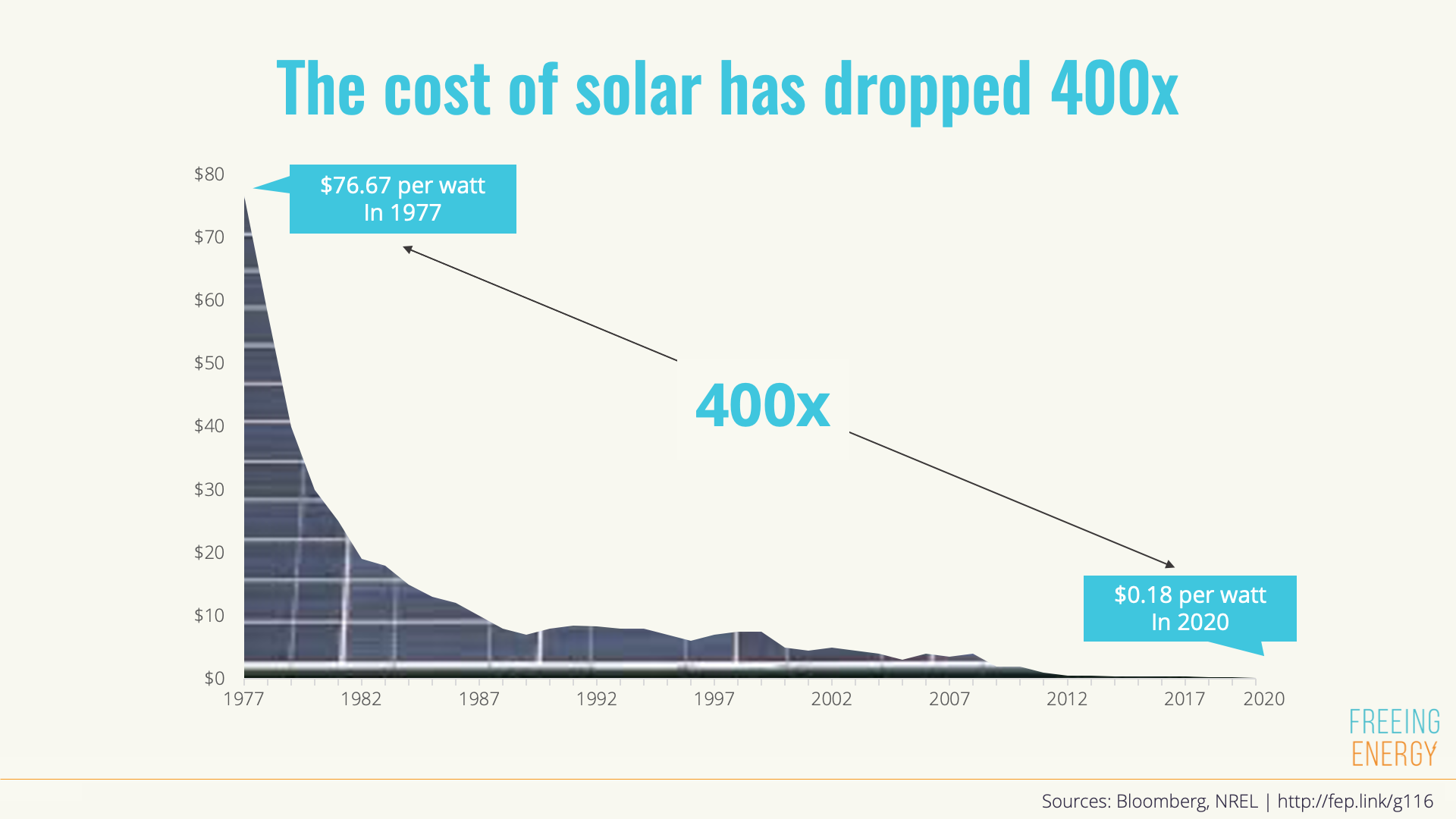
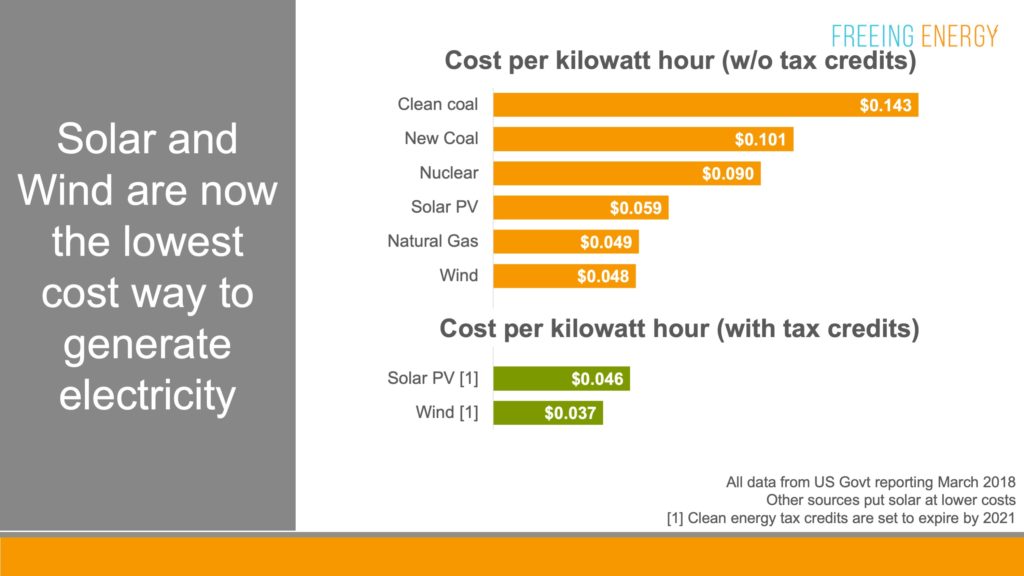

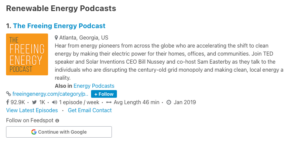

12 Responses
Great article. Thanks
PV has come down even more than this article states, since the 1977 number is for solar cells and the 2020 number is for modules.
Fantastic point. Great catch. Thank you!